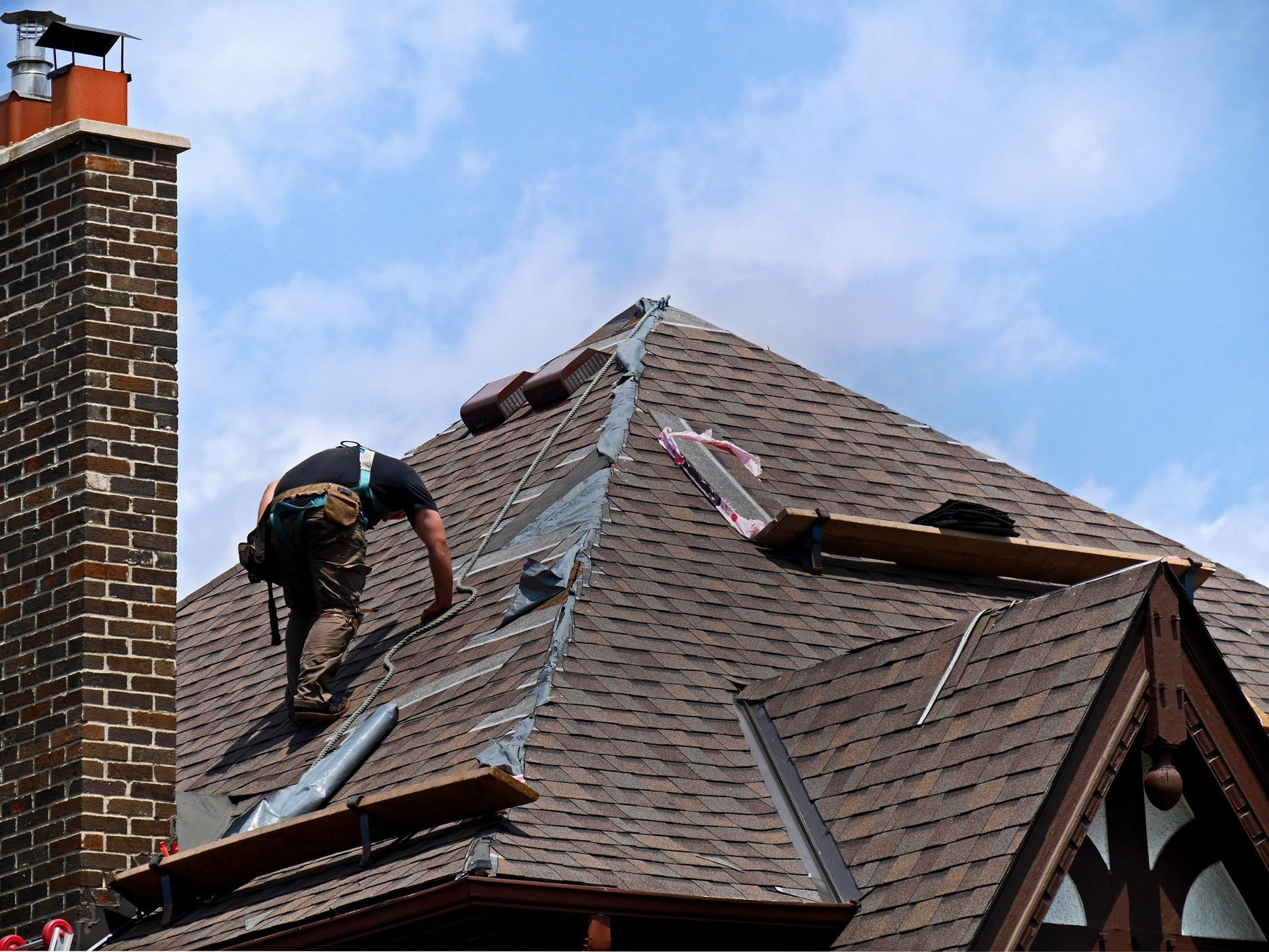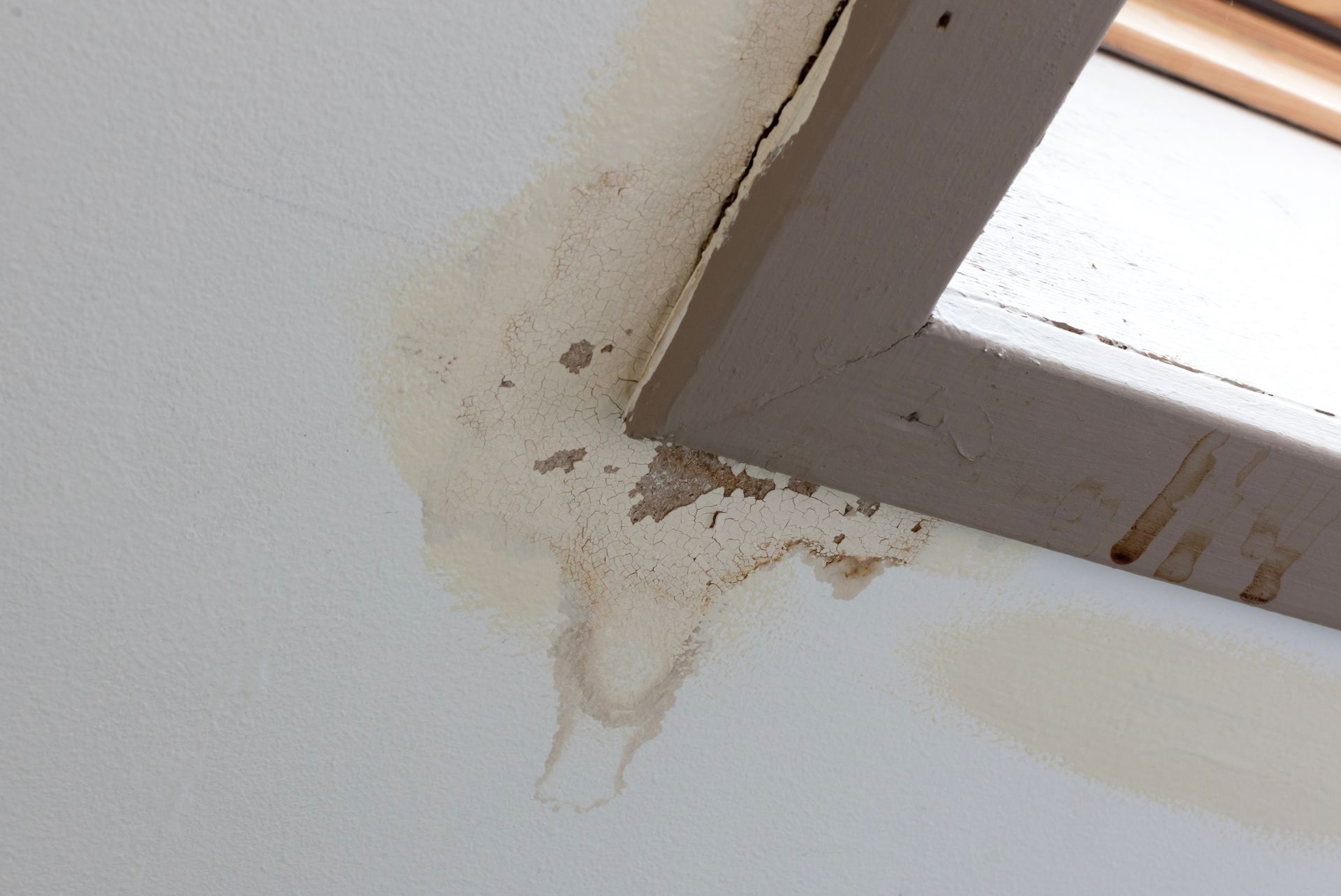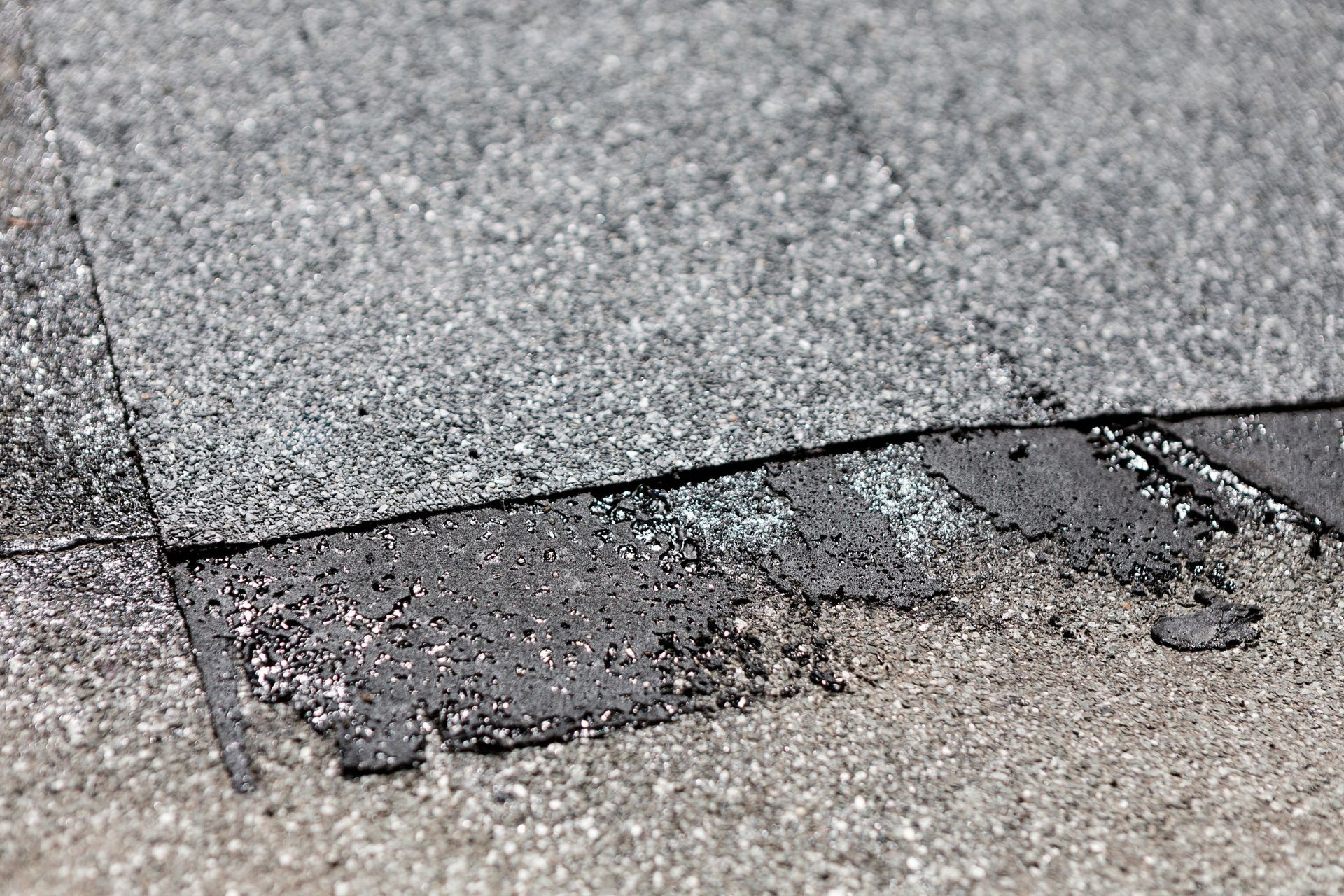Understanding Seattle’s Roof Height and Design Regulations for Urban Homes

Seattle’s urban landscape presents unique challenges for homeowners looking to replace or modify their roofs. While strict height limitations may not apply in most residential areas, specific zoning laws, HOA regulations and construction codes can affect roof replacements and additions.
Zoning Laws and Roof Height Restrictions
Seattle’s zoning laws primarily regulate building height rather than specific roof designs. The maximum allowable height for residential buildings depends on the zoning designation:
- Single-Family Zones (SF5000, SF7200, SF9600) – Typically, the height limit is 30 feet.
- Lowrise and Multifamily Zones – These areas allow taller structures, but height is regulated based on lot size and intended usage.
- Urban Villages and Commercial Zones – More flexibility exists, but roof height must comply with city codes and neighborhood planning guidelines.
Increasing roof height beyond the designated limit requires a variance, which involves submitting an application and obtaining approval from the Seattle Department of Construction and Inspections (SDCI). Homeowners looking to increase their roof height should also consider how the modification may affect sunlight exposure to neighboring homes, which can be a concern in densely populated areas.
HOA and Neighborhood Design Guidelines
Homeowners Associations (HOAs) often enforce stricter roof design and height restrictions beyond city codes. These rules can dictate aspects such as:
- Maximum roof height within a development
- Allowed roof materials and colors
- Architectural consistency with neighboring homes
In some communities, neighbors who may have their sightlines affected by a roof’s height, or those concerned about aesthetics and property value, must grant approval for major roof changes. In others, the final decision may be left to the HOA’s architectural review board.
Before planning a roof replacement or addition, homeowners should review their HOA’s Covenants, Conditions, and Restrictions (CC&Rs) to avoid disputes and delays.
Roof Angles and Drainage Considerations
Even if roof height isn’t a limitation, homeowners must consider proper roof angles and drainage systems to prevent structural and water-related issues. Seattle’s rainy climate makes drainage efficiency a key factor in roof design:
- Low-Slope Roofs – Common in modern and commercial buildings, these roofs require well-designed drainage systems like internal drains and scuppers to prevent pooling water.
- Steep-Slope Roofs – More common in traditional homes, these roofs naturally shed water better but require proper gutter and downspout systems to control runoff.
- Green Roofs – Increasingly popular in urban areas, these eco-friendly roofs require additional waterproofing and drainage layers to prevent leaks.
Roofing Features That Complicate Replacement
Certain architectural features can make roof replacement more complex, requiring specialized labor and materials:
- Dormers and Multiple Roof Sections –
Increase material and labor costs due to additional flashing and structural considerations.
- Skylights and Chimneys –
Require precise sealing and flashing to prevent leaks post-installation.
- Heavy Materials (Tile, Slate or Metal)
–
May necessitate structural reinforcement before installation, adding to the project’s complexity and cost.
- Historic Homes – Many older homes, particularly those in designated historic districts in Seattle, have unique architectural details that must be preserved during roof replacements, requiring additional permitting and compliance with historic preservation guidelines.
Permit Requirements for Roof Modifications
In Seattle, most roof replacements and structural modifications require a permit. Simple re-roofing projects using the same material may not need one, but changing materials, modifying the structure or raising the roof height generally requires approval. Homeowners should check with Seattle’s Department of Construction and Inspections (SDCI) to ensure compliance before starting work. Permit fees and approval times vary, so it’s best to plan ahead to avoid unexpected delays.
Why Choose Chet’s Roofing for Your Seattle Roof Replacement?
Navigating Seattle’s roofing regulations and design considerations can be overwhelming, but Chet’s Roofing & Construction Inc. is here to help. With years of experience in roof replacement and compliance with local zoning laws, we ensure your project meets all requirements while delivering a durable, high-quality roof.
Whether you need guidance on height regulations, drainage solutions or complex roof designs, we have the expertise to get the job done right. Contact Chet’s Roofing today by calling (877) 611-1514 for a consultation and let us help you protect and enhance your home with a compliant, expertly installed roof.



